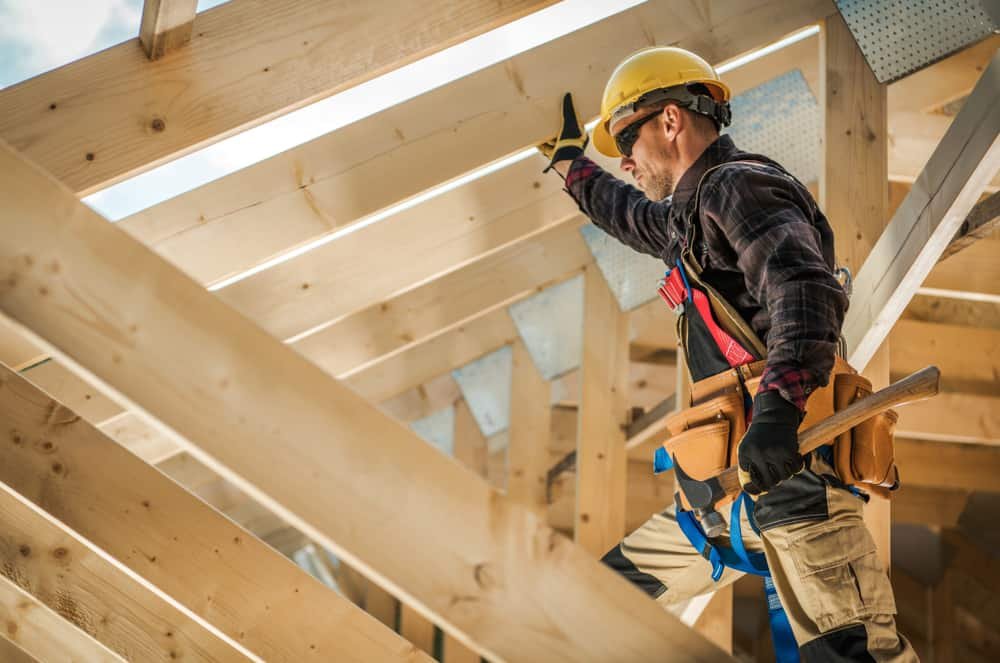Roofing Contractor in Estero, FL
Hurricane-Proof Roofing That Actually Lasts
Your roof faces Florida’s toughest weather—150 mph hurricane winds, relentless UV rays, and torrential storms that can destroy decades of investment in a single night.

Reviews
100% Customer Satisfaction

Storm Damage Roof Repair Estero
You’ll never lose sleep wondering if your roof can handle the next storm. Our hurricane-rated installations withstand winds up to 160 mph, meeting Florida Building Code requirements that most contractors skip.
When Hurricane Ian hit Estero with 150 mph winds, properly installed roofs survived while others failed catastrophically. The difference wasn’t luck—it was preparation.
Your energy bills drop immediately with proper ventilation and reflective materials designed for Southwest Florida’s brutal heat. Most homeowners see 15-20% reductions in cooling costs within the first summer.
Local Roofing Contractor Estero
We’ve weathered every major storm that’s hit Southwest Florida over the past two decades. As a family-owned business, we’ve seen firsthand what works and what fails when hurricane-force winds test your roof.
We’ve rebuilt roofs destroyed by Hurricane Ian, repaired damage from countless summer storms, and helped hundreds of Estero families navigate insurance claims. Our 4.9-star rating comes from customers who needed their roofs to perform when it mattered most.
Unlike contractors who disappear after installation, we stay connected with our customers. We understand that in Estero, your roof isn’t just shelter—it’s your family’s protection against nature’s worst.

Roof Installation Process Estero
We start with a comprehensive inspection that most contractors rush through. Every vulnerable point gets documented—from ridge vents that can’t handle high winds to flashing that fails in heavy rain.
Your detailed estimate includes hurricane-rated materials specifically chosen for Estero’s climate. We explain exactly why certain materials perform better in Florida’s extreme conditions, so you understand what you’re investing in.
Installation follows Florida Building Code requirements to the letter, with enhanced nailing patterns and hurricane straps that many contractors consider “optional.” Our crew treats every roof like it needs to survive the next Category 4 hurricane—because it might.
Final inspection ensures everything meets our standards and yours. We walk you through maintenance tips that extend your roof’s life in Florida’s harsh environment.

Ready to get started?
Hurricane Resistant Roofing Estero
Your roofing system includes materials specifically rated for Southwest Florida’s unique challenges. Metal roofing delivers 30-50 years of performance with wind ratings up to 160 mph. Tile installations provide 25-50 years of protection when properly installed with hurricane straps.
In Estero’s climate, standard asphalt shingles typically last 15-20 years, but Florida’s relentless UV exposure and humidity can reduce this significantly. That’s why we recommend high-wind rated shingles (130+ mph) with enhanced installation techniques.
Our emergency response team understands that storm damage can’t wait. We provide temporary protection within hours and work directly with your insurance company to ensure proper coverage. After Hurricane Ian, we helped dozens of Estero families navigate the complex claims process while protecting their homes from further damage.
Energy efficiency matters in Florida’s heat. Proper ventilation and reflective materials reduce cooling costs while extending your roof’s lifespan in our demanding climate.

